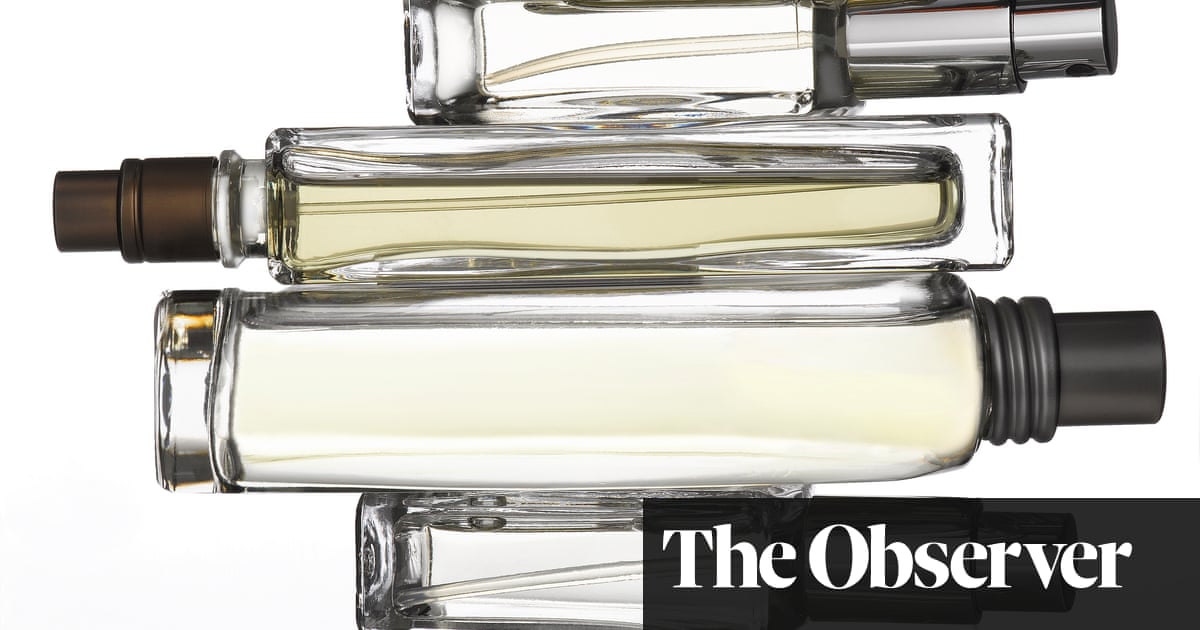I never really gave much thought to the nature of love until it became a problem.
Throughout adolescence I suffered through a series of intense, mostly unrequited crushes, but just assumed this was the exquisite agony of desire that poets and lyricists work so hard to capture in words.
As a neuroscience PhD student in the 1990s, I met and fell deeply, absurdly in love with the woman who would become my wife. We luxuriated in mutual bliss – the classic fairytale – and I just smugly assumed that I’d figured out this love stuff at last, pleased with my intuitive skill. I was right for a surprisingly long time.
There were a couple of bumpy patches along the way as the fireworks of early love gave way to the steadier warmth of affectional bonding, but we navigated them, got married, had children, and embarked on a happy and secure family life. Things only went wrong when – in an embarrassingly clichéd midlife crisis – I accidentally became infatuated with a colleague at work.
The delirious highs of adolescent crushes were back, but now laced with guilt about the implicit betrayal of being gaga about someone other than my wife. I had absolute intellectual clarity about the outcome I wanted – to break the infatuation and end the threat to my marriage – but I also, repeatedly, failed to master my feelings. I just couldn’t turn them off.
To manage temptation, I adopted a simple, inviolable boundary: I would never disclose my feelings. I don’t know if my limerent object ever knew. I did my best to hide it, but there may have been some “tells”, and I wouldn’t have trusted my judgment about reading her mind when I was “under the influence”.
I did my best to maintain professionalism through my private psychological battle, but I wasn’t confident I would win. For the first time in my life, I understood the addict’s dilemma – a deep part of you wants to fail the moral test, because failure means you get to satisfy your craving.
It felt as if I was living in an altered mental state and that turned out to be my first big advantage. As an academic and neuroscientist, altered mental states fell squarely within my expertise.
I started to plough through the literature on love, the neurochemical basis of euphoria, the processes that control addiction. The breakthrough came as I was reading a little-known book written in the late 1970s by the psychologist Dorothy Tennov: Love and Limerence, the Experience of Being in Love. It captured my experience perfectly.
Tennov invented the term “limerence” to describe an intoxicating early phase of love defined by intense euphoria, a profound sense of emotional connection, mood swings, intrusive thoughts, overarousal, obsessive infatuation and involuntary craving for the other person. She saw it as a distinct mental state that people were “in” when they had fixated romantically on another person, and in the half-century since Tennov carried out her social psychology research, we can now make sense of limerence from the perspective of contemporary neuroscience.
Under the right conditions, activation of the arousal, reward and bonding systems in the brain can make one person become incredibly romantically potent. They become the primary source of reward in the limerent’s life, because they trigger an extraordinary natural high.
If barriers or uncertainty prevent the open expression of those feelings and the limerence persists unresolved, those same neural systems can be driven into a state of supernormal activation that resembles an addiction. Most people are familiar with the idea of sex, love or pornography addictions. In the same sense, limerence can be understood as addiction to another person. Their company really is intoxicating.
This insight led to a consequential decision, and a second big advantage – I told my wife what was happening to me and discovered that she had also experienced limerence. She understood what I was going through.
That was a turning point. I was no longer fighting a secret personal battle but working in partnership with my wife to solve the problem. I tested methods for overcoming the infatuation, reversing the mental programming and freeing myself from the limerent state. This meant disrupting the habits that were reinforcing the limerence by limiting contact with my co-worker, deliberately spoiling daydreams and reframing happy memories to instead focus on the negatives. Equally important, though, I realised that I couldn’t just use mental punishment, I needed to develop a new, positive, purposeful vision for the future.
Progress was slow but steady. Home life improved, work life improved, and I learned important lessons about not being so smug about the impressiveness of my instincts and intuition. During this period I made another consequential decision that would change my life. I started a blog. I bought the domain name livingwithlimerence.com and started writing under the pseudonym “Dr L”. It was an exorcism of sorts – pouring out what I’d learned, what I’d gone through, the methods I’d trialled for turning down the volume on limerence. Over time, people started to find the site. Comments began to appear, readers discussed their own limerent experiences, asked questions, shared their painful secrets: lawyers who had become limerent for their clients; patients who became limerent for their therapists; people whose previously loving and supportive spouse had transformed into a cruel adulterer in the mania of an obsessive, addictive love.
The site grew into a community of people trying to make sense of their limerence, how it had started, what it meant about them, where the origins of this romantic vulnerability might lie in their personal history. Again and again visitors reported the same epiphany that I had been through when reading Dorothy Tennov’s book: “Yes, that’s exactly what I’m going through! I’m not going mad. And I’m not alone.”
At this stage, I realised that I had two very powerful forces available for understanding limerence: the neuroscience literature and a community of thousands of limerents who had committed over six million words of personal testimony to the site. The blog entered a new phase of gathering information, and refining the definition of limerence, trying to understand the difference between the universal elements of the experience and the unique personal details of individual cases. Case studies were analysed and commented on, and I ran a survey through a market research firm to try to get an unbiased estimate of how common limerence is in the general population.
That survey suggested that 50-60% of the population have experienced limerence and, of those people, half again have had it so badly that the addiction damaged their lives. There really do seem to be two “love tribes” out there, limerents and non-limerents, who experience the early phase of love in a profoundly different way. Some of us fall into wild, ecstatic infatuations that feel like a different operational mode for the brain, others are able to enjoy the “new relationship energy” of attraction without, well, flipping out. The mismatched expectations of those two tribes about what love should feel like also explains a lot of the heartache and romantic misadventures that we all suffer through.
I also learned other interesting details. Limerence is equally common in men and women, whatever their sexuality, but there is one group that seems to be especially prone to the experience: those with an anxious attachment style. This is a bonding style characterised by uncertainty and insecurity. Anxious attachers seek a lot of intimacy from their romantic partners, are highly sensitive to the fear of abandonment and spend a lot of time worrying about the security of their relationship. Small disagreements with their partner can feel like a big threat. This psychological state is thought to arise from unreliable care during infancy and childhood.
In our survey, 79% of people with an anxious attachment style reported having experienceding limerence. People without an anxious attachment style had a lower incidence of limerence at 55%. Clearly, an anxious attachment style is not required to experience limerence, but it certainly seems to correlate with it very strongly.
After seven years of researching and blogging about limerence under a pseudonym, I finally decided to “out” myself and wrote my first book, Smitten. It encapsulates everything I’ve learned about limerence so far, how to make sense of the altered state of mind, and how to recover from it.
For myself, that destructive infatuation now feels a long way in the past. I’m thankful that the experience ultimately led to a purposeful new direction for my life and the creation of a community to help other people going through the same trials.
It was sobering to have to accept my personal shortcomings. Being driven into an altered state of mind, experiencing a new, heightened emotional range and being forced to confront big questions about your life and your choices is hugely disruptive, but it also forces you to re-evaluate yourself. For anyone going through the pain of unwanted limerence themselves, I hope it is an encouraging thought that what seems like a life-shaking obsession can be turned into a force for personal renewal.
Smitten: Romantic Obsession, the Neuroscience of Limerence and How to Make Love Last by Dr Tom Bellamy is published by Watkins at £16.99. Buy a copy from guardianbookshop.com for £15.29










